The Exchange Sacrifice: Topalov Way
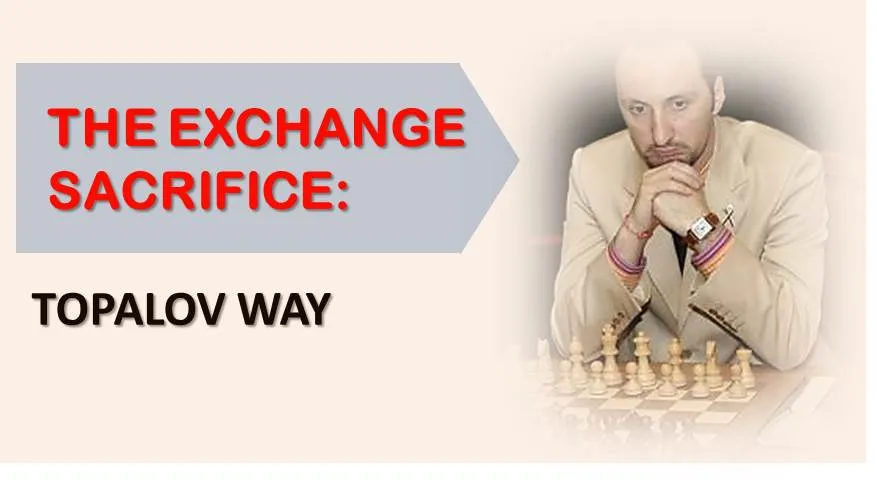
In our previous article on this subject, we wrote about the characteristics of the exchange sacrifice, dividing them in two groups. Sacrifices are done in order to attack the opponent’s position and in order to defend from our opponent’s threats. Let’s review our list from our previous article.
***
”Attacking”
- To obtain the bishop pair (In a position where this element will play a major role)
- One dominant minor piece (A knight or a bishop in certain square where it can outplay the opponent’s rook)
- To destroy the opponent’s king shelter. (It is obvious that destroying the opponent’s castle is worth an exchange in most cases.)
- To damage the opponent’s pawn structure. (Sometimes, creating weak double pawns in the enemy’s camp compensates for the exchange)
- To win a central pawn (In many openings, like French Defense or Sicilian, it is common for black to sacrifice the exchange to win the d4 or e4 pawn.)
”Defending”
- To block an open file (Sometimes, an exchange sacrifice can transform the pawn structure, bringing a pawn into an open file dominated by the opponent)
- To eliminate the attacking pieces of the opponent. (When being attacked, sacrificing a rook for the opponent’s active pieces is something that should be taken into consideration; it sometimes can even turn out to become a great counter-attack!)
In our present article we want to bring to your attention the games of the super GM Veselin Topalov and his common use of the exchange sacrifice. Of course the words ”common use” don’t mean that he does this in every game. However, whenever there is a possibility, Topalov doesn’t hesitate to use it.
Topalov has a very unique style of play, very aggressive and dynamic. It is in some ways similar to Kasparov’s, always looking for the maximum edge in each position, without any fear of risking too much. He always prefers piece play over material, activity over solidness. Understanding his character and style of play helps us understand why we see the exchange sacrifice theme so often in his games.
Let’s have a look at the following examples:
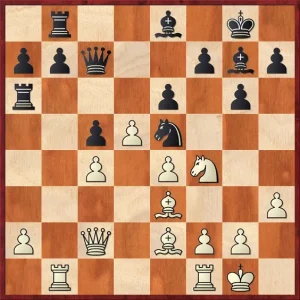
Black has activated all his pieces and has some certain play on the queenside. His last maneuver was Rd6-a6, activating the rook along the A file. White has some space advantage, but the way to proceed isn’t clear at first sight. Topalov found a really incredible idea here and went on to play 19.Rb5!? An amazing move, regardless the objective evaluation, white sets concrete problems for his opponent by attacking the c5 pawn.
Tip:
In order to fight blunders, find the right plan in complex positions and improve your positional and tactical vision we recommend you to sign up for our comprehensive training course. Hundreds of chess players already benefited from our training . Don’t wait, start winning chess games today.
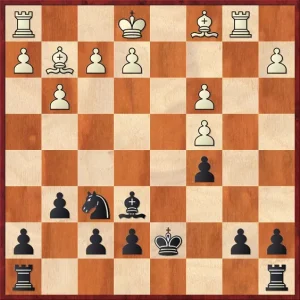
If we look at the position without analyzing, we can immediately see that black is better, basically because his pawn structure is superior, as white’s doubled pawns on c3 and c4 are a permanent weakness. However, white has two bishops and is threatening to take on b7. What should black play? Of course, Topalov played 12…b6! sacrificing the rook on a8. It turns out that white’s rooks won’t have any open files to play, and Topalov will still attack white’s weak pawns using his minor pieces. Topalov went on to win the game.

In the following diagram, black has just played Bb7 to c8. The idea is clear, black wants to transfer his bishop to f5 or e6 and consolidate his position. Topalov found a nice idea here in order to obtain an advantage: 18.Rxe4!! Eliminating black’s strong knight in the center and taking over the initiative. Later in this game he got to sacrifice his second rook for one of black’s bishops! This is a clear example of how the minor pieces receive a shot of activity when the sacrifice is played.

Again, both sides are equally developed. However, there is something that indicates that white’s position is not so solid. For example, all of his heavy pieces (rooks and queen) are on the queenside, his kingside pawns are advanced (h3), creating a potential weakness on g3. Topalov rightly played 19…Rxe3! Turning white’s king permanently weak, as well as obtaining excellent play on the dark squares.
With two articles on the positional exchange sacrifice we conclude our discussion on this topic. We hope you have enjoyed the examples and learned from them. Always remember that when we sacrifice the exchange we must make sure that we obtain compensation. This could be: outposts for our minor pieces, piece activity, a permanently position of our opponent’s king, etc.
Thanks to all of our readers.
If you want to improve your chess level, you need to have a clear study plan. If you aim for a dramatic improvement at chess you need to work on all of the elements of the game in a systematic way:
- tactics
- positional play
- attacking skills
- endgame technique
- classical games analysis
- psychological preparation
- and much more
That seems to be like a lot of things, and that is. But no worries, we have made it easy for you. Our comprehensive training course covers it all and much more. Sign up for 21 Day Training right now!



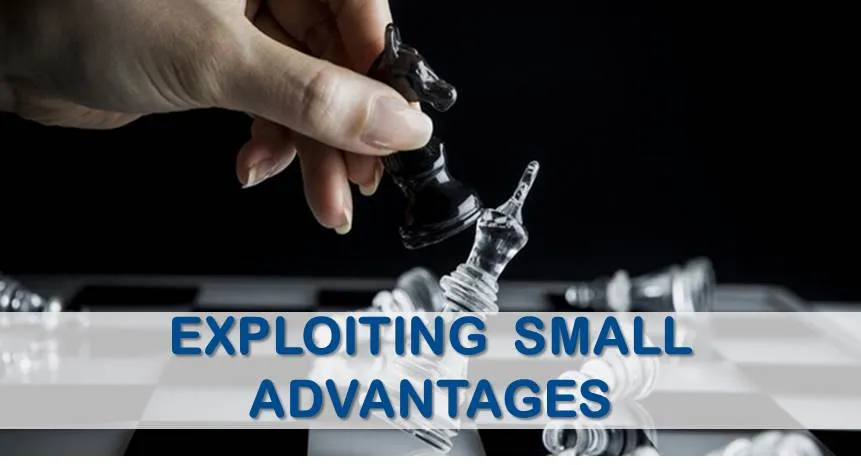
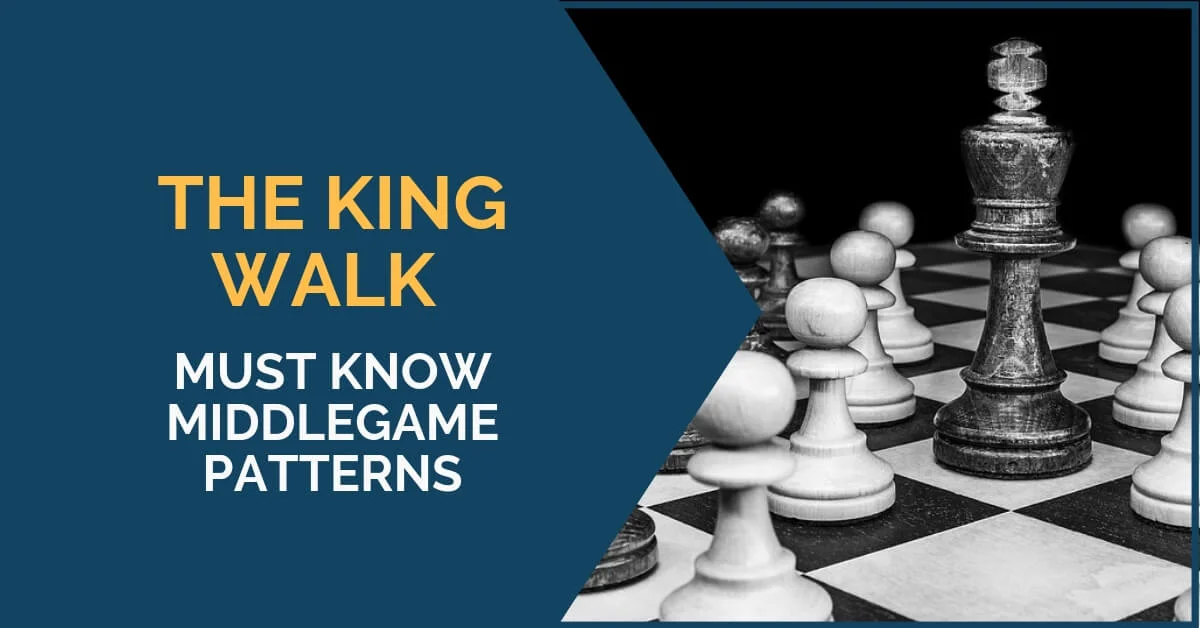
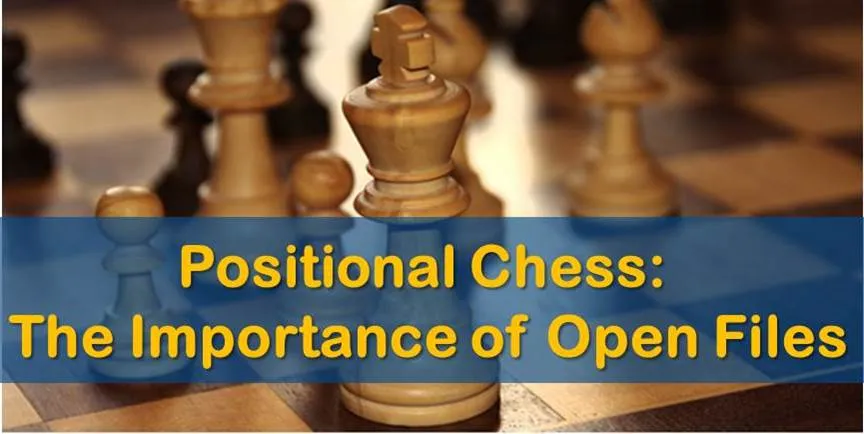




Comments: